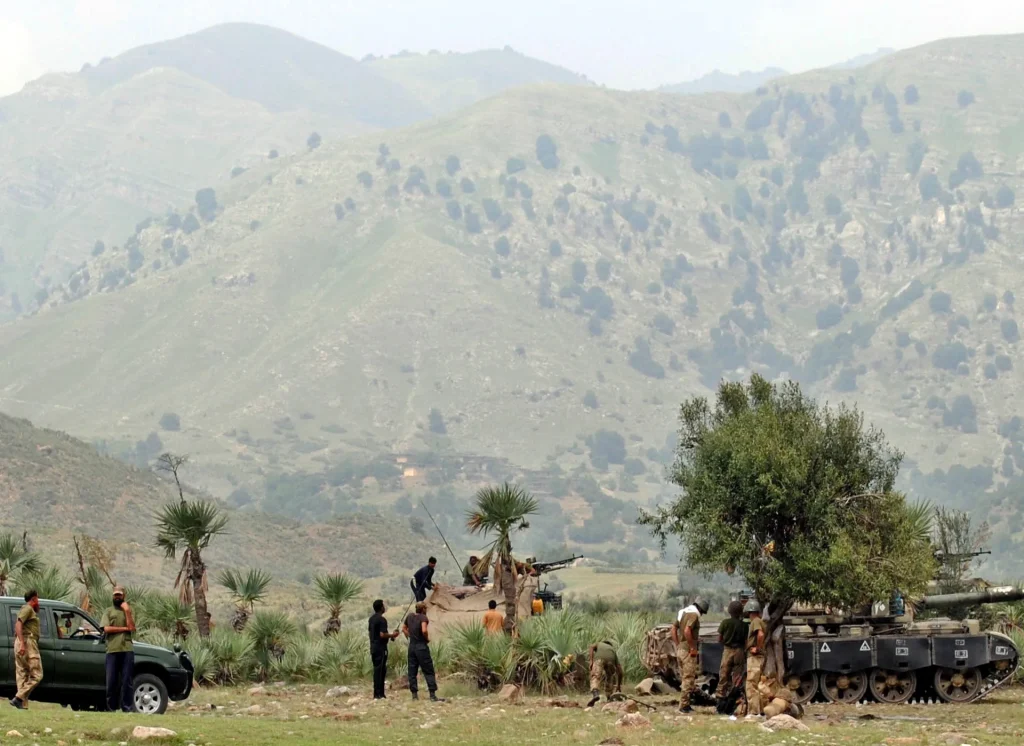Kurram District, located in Pakistan’s Khyber Pakhtunkhwa province, has faced tensions for many years. These conflicts are caused by a mix of historical events, land disputes, and differences between communities. While Kurram is a part of Pakistan, the challenges in the region go beyond its borders and involve complex tribal and sectarian issues.
The conflict in Kurram began in the 18th century when the Shia Turi tribe settled in the area, joining Sunni tribes already living there. This created a diverse community, but also led to disputes over land and resources, which often turned into sectarian issues due to religious differences.
In the 19th century, during the Anglo-Afghan Wars, the situation became more complicated. Under the Treaty of Gandamak (1879), Afghanistan gave control of Kurram to British India.
This made Kurram strategically important for the British, especially during the Soviet-Afghan war in the 1980s, when it was used for military operations. Instead of resolving the local disputes, these historical events added more complexity to the tensions in the region.
Because Kurram is close to Afghanistan, it has been affected by major conflicts in the neighboring country. During the Soviet invasion of Afghanistan in the 1980s, Sunni Mujahideen used Kurram as a base, which led to clashes with the Shia tribes who resisted this involvement. External powers, like Saudi Arabia and Iran, supported Sunni and Shia groups, further dividing the community.
After the U.S. invasion of Afghanistan in 2001, the rise of the Taliban made the situation worse. Kurram became a route for militant groups like the Tehreek-i-Taliban Pakistan (TTP), who took advantage of the tribal and sectarian tensions in the region.
Since 2023, tensions in Kurram have increased due to unresolved land disputes and occasional sectarian violence. These conflicts often lead to serious problems for local people, such as shortages of food and medicine because roads are blocked. The Thal-Parachinar road, which is very important for the region, is frequently targeted by attacks, isolating communities even further.
The most recent incident happened on January 4, 2025, when an attack injured the Deputy Commissioner and disrupted a convoy delivering supplies. This shows how fragile peace in the area remains.
The Shia-Sunni divide is a key factor in the conflicts in Kurram. Around 42% of the population in the district is Shia, which makes Kurram unique in Pakistan’s tribal areas. Unfortunately, extremist groups often exploit these differences to create instability.
Attempts to solve these conflicts through traditional tribal jirgas (councils) have not been very effective. These agreements are often temporary and fail to address the deeper causes of the disputes.
The people of Kurram have suffered greatly because of these conflicts. Many families have been displaced, lives have been lost, and access to basic needs like food, education, and healthcare has been limited. Schools, hospitals, and other infrastructure have been damaged, leaving the region underdeveloped compared to other parts of Pakistan.


